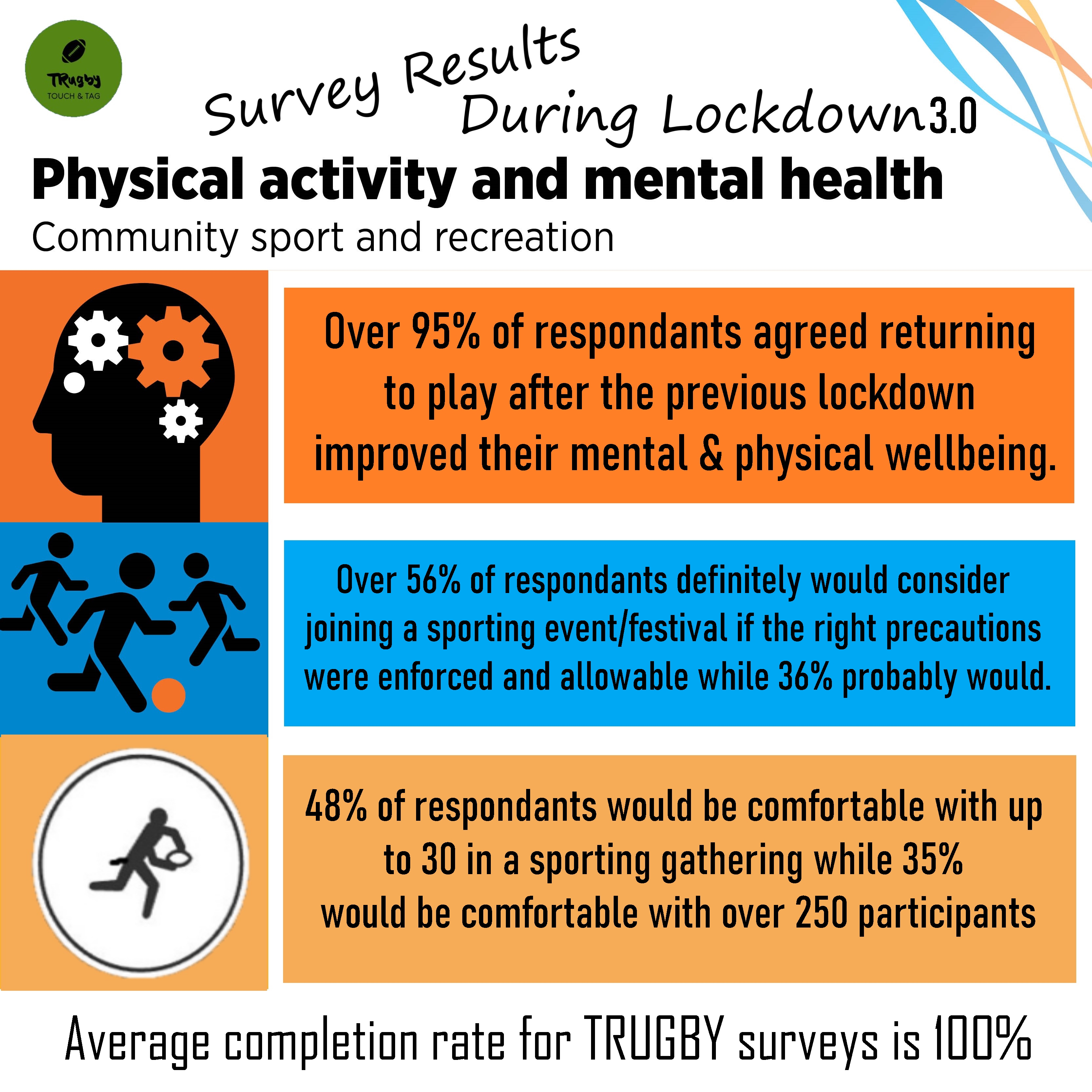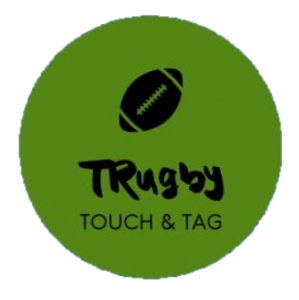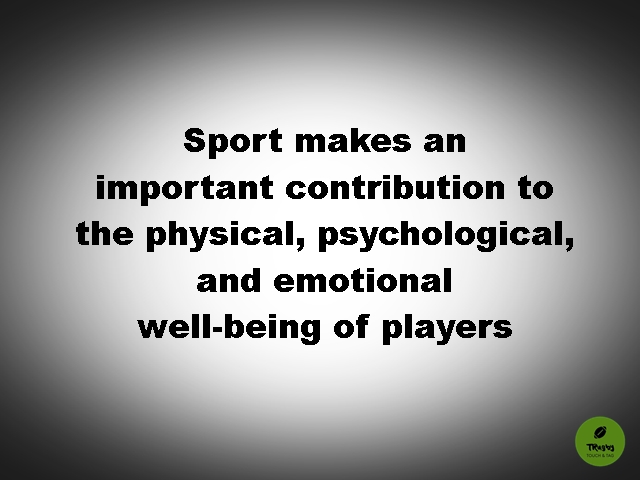Hamstring injuries are other areas among physically active people especially in a team sport like tag.
Depending on how severe, it simply means rest for the most part. A hamstring injury is a tear or strain (pulled muscle) in the group of muscles and tendons in the back of your thigh

Single Leg Balance

Simple bend one let at the knee, lifting the foot off the floor. Using support for additional stability like a chair, at the beginning, is wise.
|
Age Group |
Eyes Open (Seconds) |
Eyes Closed (Seconds) |
|
|
20-59 |
25-30 |
21-28 |
|
|
60-69 |
22 |
10 |
|
|
70-79 |
14 |
4 |
|
Sitting Heel & Raised Toe



Sit in a chair without ankle support. Bring feet away and towards you pumping the ankle in gentle motions.











Preparing to return with some fitness in mind 7 helpful tips HERE
Read our latest article about ACL injury HERE
Ankle injury exercises HERE









